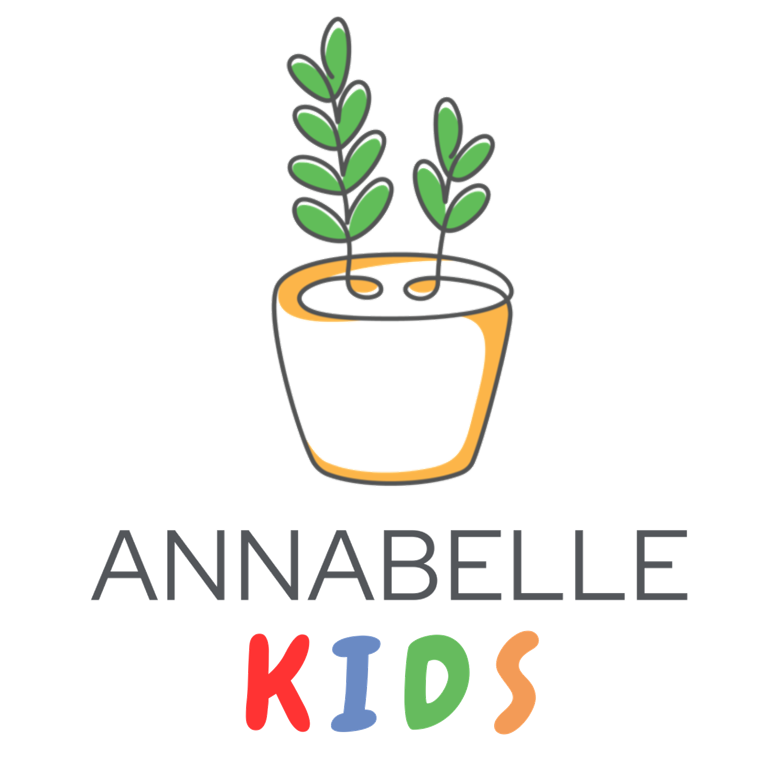Eating Disorders
Pica
Aptly named after the Latin name for the magpie bird (pica-pica), Pica is an eating disorder where children and adolescents consume non-nutritious non-food items such as clay, hair, dirt, paper, ice, and even faeces. This behaviour is often compulsive and persistent and often involves food that provides no nutritional value, even though these individuals are often conscious of what they are consuming.
While consumption of non-food items are often common in younger children under the age of 5, it is deemed age-inappropriate when the behaviour persists into later childhood and even adulthood. Often times, this behaviour helps relieve high levels anxiety felt by the individual when the item is consumed, suggesting the link between stress and Pica.
According to the Diagnostic and Statistical Manual of Mental Disorders (DSM-5), a diagnosis of Pica is given when a child meets the following diagnostic criteria:
Ψ Eating non-food substances that are non-nutritive for at least 1 month
Ψ Consumption of these substances are not appropriate for their developmental level
Ψ Consumption behaviour is not typically practiced in cultural and social settings
Ψ If co-morbid with another disorder, it is severe enough to warrant independent clinical attention
Early identification and management of Pica is urgent as certain non-food items can cause harm to the child. Often times, children and adolescents with Pica present to the emergency department due to abdominal complaints and obstructions in the intestine and colon, due to the nature of the items consumed. Furthermore, these individuals might also suffer from nutritional deficiencies, infections, choking, or poisoning, as the items consumed might be toxic or sharp, such as paint and glass, respectively.
Addressing Pica
Behavioural therapy has been found to be an effective method to manage Pica, through the use contingent and noncontingent reinforcement. Contingent reinforcement encourages desired behaviours through the use of reinforcing stimulus, such as a reward of preferred food or toys, when the child does not engage in Pica behaviours. Noncontingent reinforcement involves the pairing of stimulus that competes with the reinforcing properties of Pica, such as physically guiding their hands away from their mouths when they are about to consume a non-food. Punishment can also be included within the management plan of Pica, but is only used when other strategies are not sufficient in reducing Pica behaviour.
